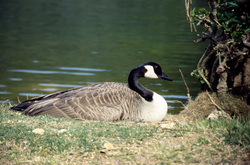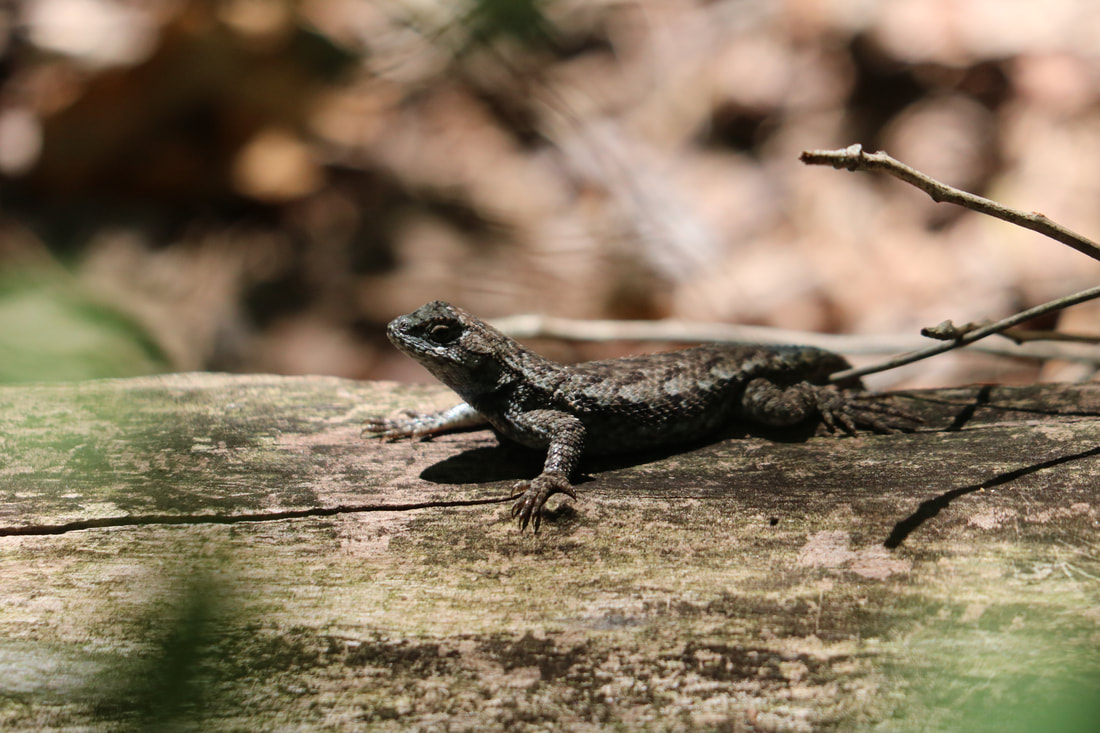
A slightly Different Version of this Essay appeared in the Hellbender Press, Knoxville.
A Walk on the Levee
Northern Shovelers are living proof that the design of nature has room for a sense of humor. The shoveler is a most unusual duck, a rare bird, with the green head of a mallard, but a beak that even from a distance appears to be twice the length of its head.
They feed on aquatic vegetation, scooped up with their outsized beak, and always manage to bring a smile to my face. I watch them tip up to forage, and fully expect them to be unable to lift their heads back out of the water.
In Chattanooga, the shoveler is generally a winter resident. The best place to view them, in my opinion, is at the Brainerd levee, right near the airport. Bird watchers make regular forays here to see wintering birds. I set out with two companions on Marchfirst to do exactly that, to enjoy some of the best duck watching in the region.
As we rounded the first bend, I felt the chill breeze, and knew that I was not dressed for the weather, but it was a joy to be here even in the cold. For a few hours I had escaped the computer terminals, the interior of buildings and the crowding that has become the modern human lifestyle. The cold was only a small reminder that I was here, that life surrounded me.
Below, a kingfisher took flight and gave her rattling call. She landed on a dead tree and allowed us to observe her magnificent red, blue and white plumage. I do not know what possessed a member of such a flighty and nervous species to sit in plain view for such a long time. It is not unusual to see a kingfisher, but prolonged viewing is highly unusual.
Meanwhile, a red tailed hawk landed on a live tree near the levee. Although it faced away for the entire time, it occasionally turned its head and looked at us, but the white chest remained turned away. We had no opportunity to view its magnificent soaring, but I knew that in a week or two it would circle above the landscape courting a companion.
We only spent a few minutes watching the hawk before our attention was drawn to the first pond on the left, filled with Mallard Ducks, Canada Geese,
Gadwall and Green-winged Teal. None of these are rare, but I was delighted to see them in numbers. I was hoping to see a few pintail in the mix, as I had just weeks ago, but they made no appearance. Apparently, they had already begun their northward flight.
Then, we saw the object of our search. The pond on the right, actually the flooded athletic field of a nearby school, was filled with Northern Shovelers, more than a dozen of them. Calmly they glided across the water in the company of Green-winged Teal and Gadwall. They were not grazing or courting, just being in their calm environment.
We studied the shovelers for some time, before moving on to the next vantage point, where they were visible in even better light. As we approached the second turn in the levee, our attention shifted to the trees on the left, across South Chickamauga Creek, where herons were sitting. Roosting, we thought at first, but actually, they were sitting on nest.
Now the blue heron is a comical bird in its own right. In flight it has been compared favorably to the pterodactyl. I assume that this is due to its large size and outsized beak, as well as its habit of flying with neck and legs outstretched. While standing upright in a stream or pond, the heron is all seriousness, with a beak and neck that surprise unsuspecting fish, frogs, and snakes with the speed of a striking snake.
When perched on the nest, the heron assumes truly comic proportions. It simply seems too big for the thin branches of a tree-top, and they frequently perch high above their enormous nests, waiting to take their turn at incubating, which will come when their mate leaves to hunt.
In all, we counted six heron nests, and eight birds. This was truly surprising, because I had not heard of herons nesting there before, but time was passing rapidly. It was time to move on, around the second bend and further down the levee.
We had walked a substantial distance past the second turn, counting the Northern Shovelers, Gadwall, and Green-winged Teal, when I commented that it was typical to see Red-shouldered Hawks here. Right then, I noticed that something was sitting high in a distant tree, and there sat a Red-shouldered Hawk.
The hawk sat for a while, then glided to another tree, and sat a while longer before departing on whatever business takes a hawk out over the wetlands on a March morning. The Red-shouldered Hawk typically makes its home over wetlands, lakeshores and streams, unlike its larger cousin, the Red-tailed Hawk. Red tails are birds of meadows and fields, built for soaring. The smaller Red-shouldered Hawk is able to hunt among the snags and trees for its prey.
After the hawk’s departure, we soon viewed a great disturbance on the water, far back in the wetland. Our binoculars revealed two male shovelers engaged in the ritual combat of territoriality. Shaped by years of success, and certain to continue for centuries into the future, this battle involved rushing at each other, attempting to push the other under water, and pushing each other, sumo wrestler style, out to the edge of the pond.
Territorial display followed each round of combat. In the display ritual, the males circled with heads held high and then began bobbing their heads as if in greeting. As graceful as water ballet, this ritual showed both their willingness to enter the battle, and their intentions toward the smaller brown female shoveler, watching from nearby. Soon the battle was done, and she swam off with the victor in tow.
That was the appearance, but appearances can be deceiving. The vanquished male soon followed, and another round of display and combat ensued. It seems that the rites of spring were not quickly ended. A second female followed.
These observations would have made any day complete, but we had two more sightings waiting for us, perhaps the best of the day. As we continued out the levee, one of my companions pointed out Redhead ducks – bay ducks expected on more open water. I am not certain what they were doing in a seasonal wetland, but there they were, perhaps resting and preparing to move on north.
Then we saw five Blue-winged Teal. These small ducks are cousins of the green wings we had been watching all day. They are the second most common duck after Mallards, but they never appear here in numbers. Possibly they were up from the bayou country on their early migration to northern marshes. Whatever brought them here, I was delighted to see them on their way north.
We began the return journey to our vehicles with minds and spirits filled with the joy of nature, as seen in an urban wetland. Nothing can replace such a day for me, and I hope to spend many more, watching the birds at the wetland along Brainerd levee.

 RSS Feed
RSS Feed